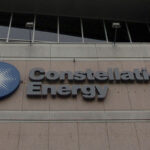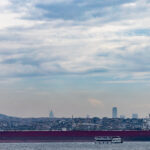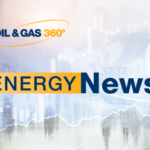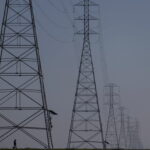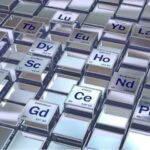LA to NYC without a single touch thanks to sonar, radar, 8 surround cameras, sensors and a “supercomputer in the car”
Electric vehicle maker Tesla announced this week that all of its vehicles currently in production are being equipped with the hardware that will allow every car to have self-driving capability, which the company described as “full autonomy.”
“As of today, all Tesla vehicles produced in our factory – including Model 3 – will have the hardware needed for full self-driving capability at a safety level substantially greater than that of a human driver,” the company said.
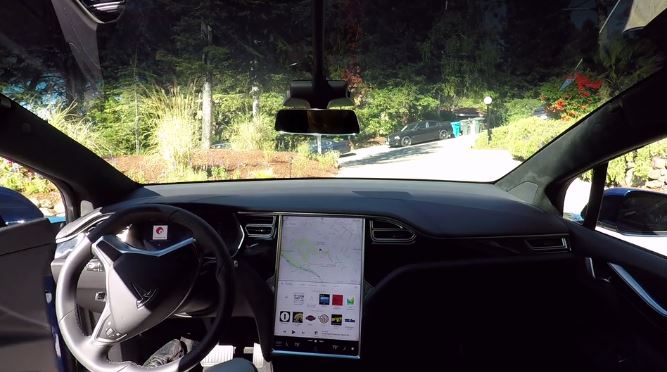
The equipment that Tesla is installing to enable all of its cars to be self-driving includes:
- Eight surround cameras provide 360 degree visibility around the car at up to 250 meters of range;
- Twelve updated ultrasonic sensors complement the eight cameras, allowing for detection of both hard and soft objects at nearly twice the distance of the prior system;
- A forward-facing radar with enhanced processingthat provides additional data about the world on a redundant wavelength—the radar is capable of seeing through heavy rain, fog, dust and the car ahead;
- A computer with more than 40 times the computing power of the previous generation to run the neural net for vision, sonar and radar processing software.
With all that technology, Tesla said its system can see “in every direction simultaneously and on wavelengths that go far beyond the human senses.” Tesla founder and chief executive Elon Musk told VentureBeat magazine, “It’s basically a supercomputer in the car.”
L.A. to New York without a single touch
On a media teleconference, Must said Tesla vehicles will be capable of traveling from Los Angeles to New York by the end of 2017 without “a single touch.”
According to Tesla, its Model S and Model X vehicles with the autonomy hardware are already in production, and the company will put the hardware into its heavily pre-ordered Model 3, a modest five-seat sedan that the company opened to buyers for pre-sale in March 2016 at a $35,000 price point. Tesla snagged $350 million in $1,000 deposits in the biggest one-week launch of any product ever. The Model 3, which was originally slated for delivery in 2017, includes the autonomy hardware.
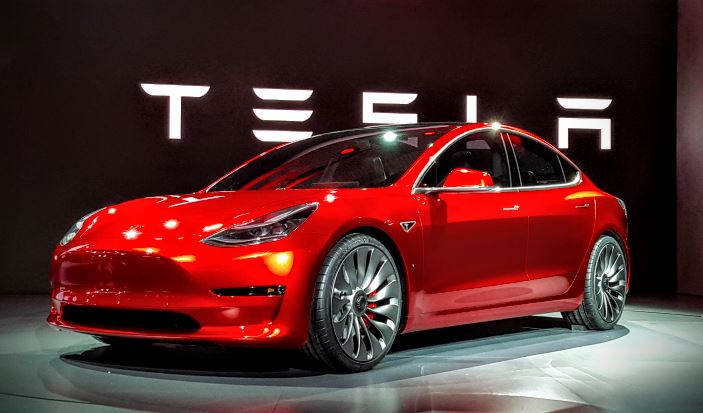
As far as the software to make the autonomy system functional, the San Jose Business Journal reported that Tesla plans to release over-the-air software updates during the next year “to slowly unleash the vehicles’ autonomous features.”
The SJ Business Journal reported that existing owners of Tesla vehicles who want to go autonomous will have to trade up to a new Tesla, because the company cannot retrofit the hardware system into older models.
EV sales jump 63% in Q3 2016
SAFE, Securing America’s Future Energy, reports that sales of battery and plug-in hybrid electric vehicles surged in Q3 2016, increasing 63 percent year-over-year, the highest rate of quarterly growth observed in the last two years. In total sales terms, Q3 also marked the largest net addition of vehicle sales ever recorded, with automakers selling approximately 45,000 units, a 20 percent increase quarter-over-quarter.
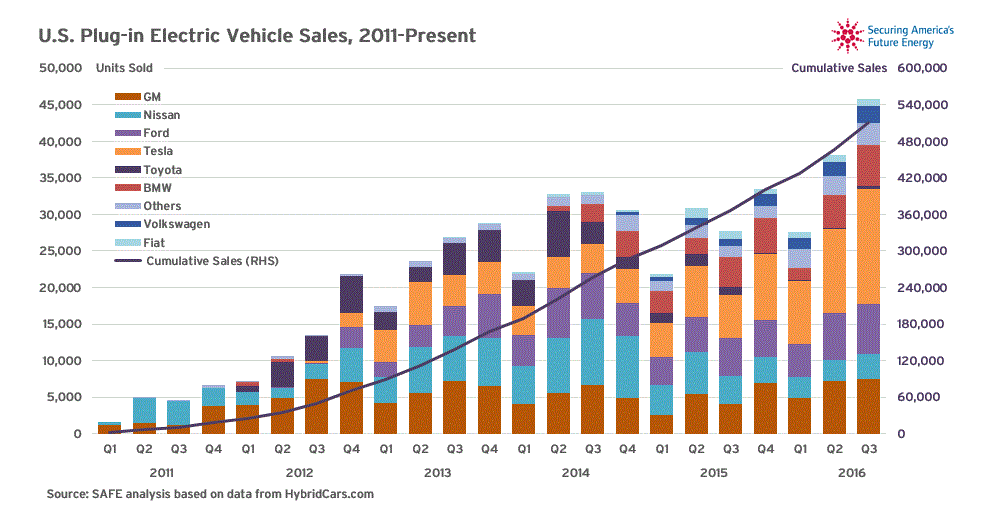
Battery electric vehicle sales were strong, according the the SAFE report, propelled in part by Tesla Motors, which reportedly delivered an estimated 24,500 vehicles. Tesla is on track toward meeting its second-half goal of 50,000 vehicle sales by year-end. The company hopes to meet a sales target of 500,000 vehicles per year by 2018. More than half a million EVs are currently operating on U.S. roads.
Musk’s Hyperloop One concept snags $50 million from Dubai
In a separate story this week, another concept company coming out of the mind of Elon Musk, Hyperloop One, which is developing a technology for a futuristic transit system, said it had raised an additional $50 million as it prepares for a full-scale test of a Hyperloop system in the first quarter of 2017.
The $50 million from DP World Group of Dubai that was announced this week takes Hyperloop’s total funding to $160 million, with previous funding coming from 137 Ventures, Khosla Ventures, the French National Rail Company and GE Ventures, Reuters reported.
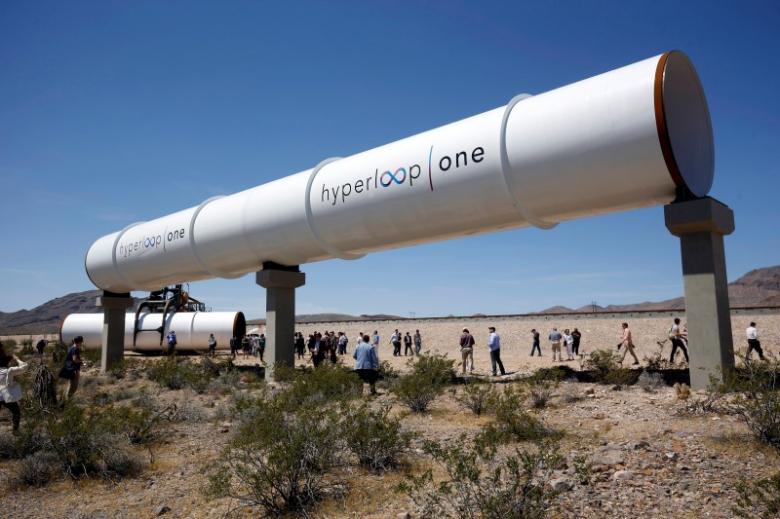
“A Hyperloop involves using magnets to levitate pods inside an airless tube, creating conditions in which the floating pods could shuttle people and cargo at speeds of up to 750 mph,” Reuters said. Musk conceived of Hyperloop in 2013.
DP World Group wants to use the proposed system to move containers from ships docked at its flagship Port of Jebel Ali to a new inland container depot in Dubai, the report said.

